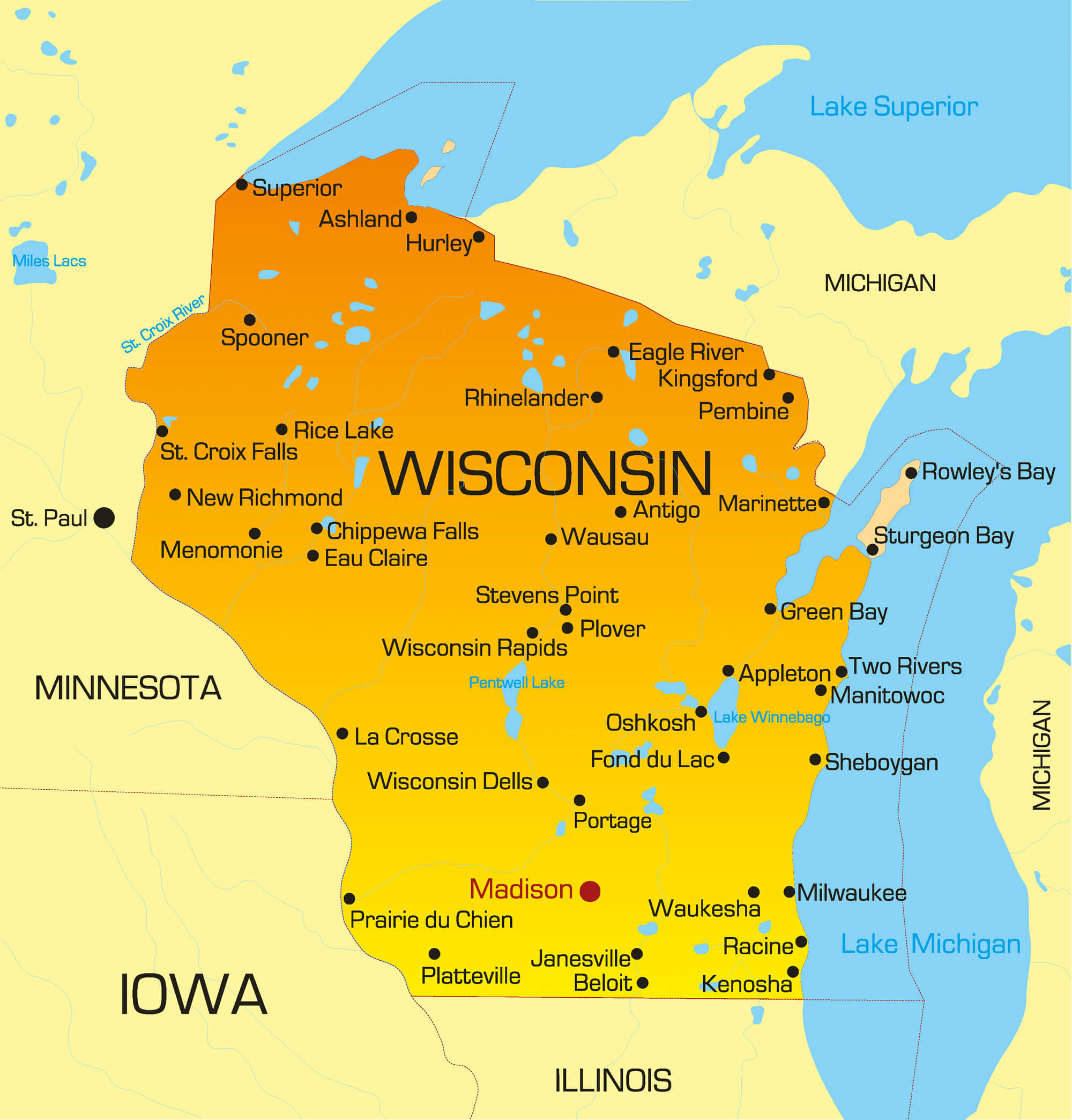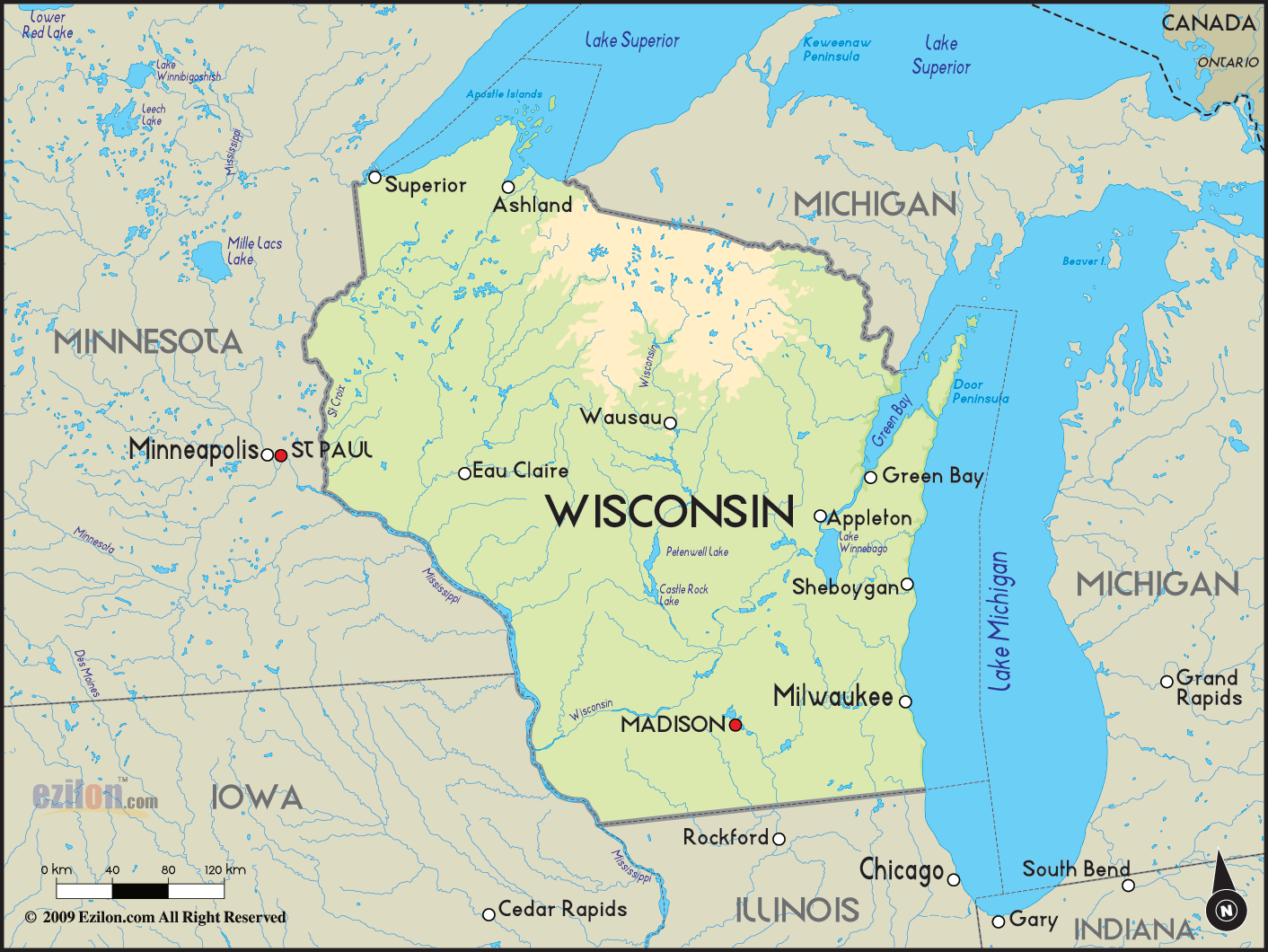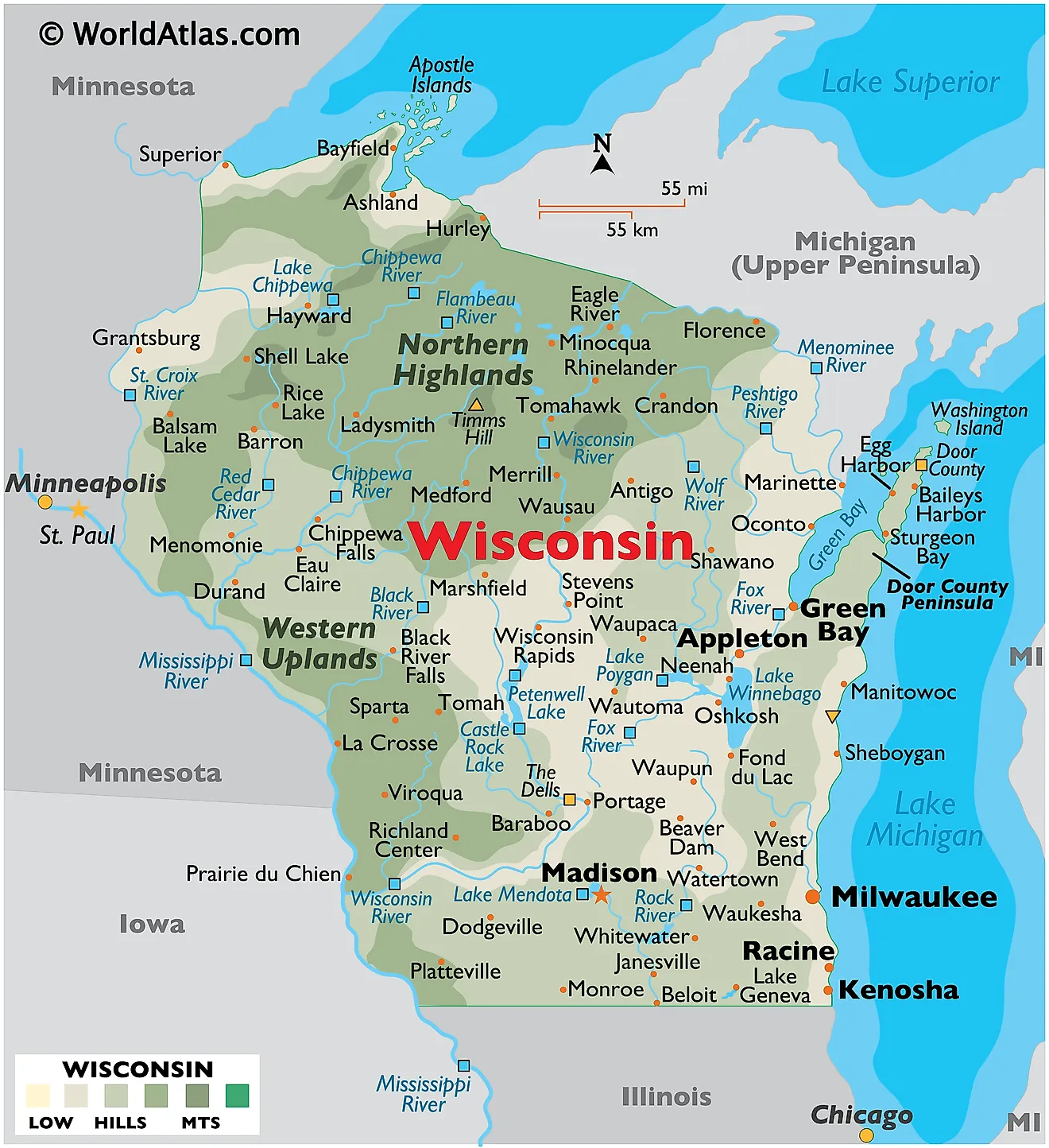Wisconsin School Shooting Twitter - Community Connections
When deeply upsetting events happen, especially those touching our schools and young people, the immediate need for information, for comfort, and for connection becomes very, very strong. In today's interconnected world, platforms like Twitter often become the first place many people turn, almost instinctively, to understand what is happening, to share what they know, or to simply express their feelings. This immediate rush of activity can be a powerful force, shaping how a community begins to process a difficult moment.
The speed at which news can spread, sometimes in a matter of seconds, means that initial reports, whispers, and even rumors can quickly gain a lot of traction. For families, for school staff, and for the wider community, this quick flow of updates can feel overwhelming, yet it also provides a kind of lifeline. It's a place where people might first hear about an incident, perhaps a school shooting, or where they look for updates when official channels are still gathering facts. In some respects, it is a reflection of our collective desire to grasp what feels, honestly, like an incomprehensible situation.
Our aim here is to consider how these online spaces, particularly Twitter, play a part when a community in a place like Wisconsin faces such a challenging time. We'll explore the immediate impacts, the ways people try to help each other, and the tricky aspects of getting good information when emotions are running high. Basically, we are looking at the human side of how digital platforms get used during moments of great distress, and what that means for everyone involved, you know, when something like a Wisconsin school shooting happens.
Table of Contents
- How Does News Travel in Moments of Crisis?
- The Immediate Echo of a Wisconsin School Shooting on Twitter
- What Role Does Social Media Play for Families and Communities?
- Seeking Comfort and Information After a Wisconsin School Shooting
- Managing the Flow - Sorting Through Information
- Are All Voices Equally Helpful?
- The Long Shadow of a Wisconsin School Shooting - Online Narratives
- Moving Forward - Thoughtful Engagement
How Does News Travel in Moments of Crisis?
When an unexpected event, like a school incident, comes to light, the way information moves is rather different from how it might in ordinary circumstances. People are, quite naturally, looking for answers, for reassurance, and for a sense of what's unfolding. Social media platforms, especially those built for quick updates and wide sharing, become a central point for this rapid exchange. It's almost as if everyone becomes a broadcaster and a receiver at the same time. The first bits of news often come from those closest to the situation, or from people seeing early reports, and then it spreads, you know, like ripples across a pond. This initial burst of sharing is really about people trying to make sense of something that feels, well, completely out of the ordinary.
The Immediate Echo of a Wisconsin School Shooting on Twitter
The moment word gets out about a challenging situation, perhaps a Wisconsin school shooting, Twitter often sees a sudden burst of activity. People start posting, asking questions, sharing what they're hearing, or expressing their shock and concern. This initial wave of posts can include everything from eyewitness accounts, if they are present, to general expressions of sadness and solidarity. It's a very raw and immediate response, reflecting the collective emotional state. Sometimes, too, people share official alerts or news reports as soon as they become available, trying to help others get accurate details. The sheer volume of these messages means that the online conversation around a Wisconsin school shooting can become incredibly dense, almost a living record of the community's first reactions.
What Role Does Social Media Play for Families and Communities?
For families directly affected by a school incident, and for the broader community, social media can serve a few different purposes. In the immediate aftermath, it might be a place where worried parents look for updates about their children, or where community members seek confirmation of safety. It's also a space where people can offer support to one another, share messages of hope, or organize ways to help. For instance, after a Wisconsin school shooting, you might see calls for blood donations, offers of counseling services, or plans for community gatherings. This kind of collective action, facilitated by quick online communication, can be a really important part of how a community comes together during a time of shared difficulty. It’s a way for people to feel connected, even when they are physically apart, which is pretty important.
Seeking Comfort and Information After a Wisconsin School Shooting
In the aftermath of an event like a Wisconsin school shooting, people are often searching for two main things online: comfort and reliable information. The comfort comes from seeing others express similar feelings, from knowing you're not alone in your distress, and from the outpouring of shared concern. It's a way to feel part of a larger group that cares, you know? Information, on the other hand, is about getting the facts straight. People want to know what happened, who is safe, and what steps are being taken. This blend of emotional support and practical updates is what makes platforms like Twitter so central in these moments. It's where people try to piece together the picture, while also finding a bit of solace in shared humanity. You might see people sharing resources for coping, or simply sending kind words to those who are hurting, which is actually very helpful.
Managing the Flow - Sorting Through Information
The rapid flow of information on social media, while helpful in many ways, also presents its own set of challenges. When everyone is sharing and reacting at once, it can be quite difficult to tell what is accurate and what might be speculation or even completely false. This is especially true during a crisis, when emotions are running high and the desire for immediate answers is very, very strong. Official sources, like law enforcement or school districts, are often working quickly to gather and verify facts, but their updates might not be as fast as the posts from individuals online. So, you know, there's a constant tension between the speed of social media and the need for verified details. It really highlights the importance of being thoughtful about what you read and what you share.
Are All Voices Equally Helpful?
When a significant event unfolds, like a school incident, many voices emerge on social media. Some are official, like police departments or school administrators, providing verified updates. Others are news organizations, sharing what they've confirmed. Then there are countless individuals, sharing their thoughts, their feelings, or what they've heard. It's important to remember that not all these voices carry the same weight or have the same access to accurate details. Some might inadvertently spread incorrect information, perhaps out of panic or a misunderstanding. Others might share things that are unhelpful or even harmful. So, it's pretty important, as a matter of fact, to consider the source of any information you encounter, especially when trying to understand something as sensitive as a Wisconsin school shooting. Critical thinking becomes a truly valuable skill in these moments.
The Long Shadow of a Wisconsin School Shooting - Online Narratives
Beyond the immediate aftermath, the online discussion surrounding an event like a Wisconsin school shooting can continue for a long time. People revisit the topic, share reflections, or discuss the broader implications. These ongoing conversations help shape the public's memory and understanding of what happened. They can also influence policy discussions or community initiatives aimed at preventing similar events in the future. However, these online narratives can also become fixed, sometimes even simplifying complex situations or promoting certain viewpoints over others. It's a very powerful way that collective memory is formed, but it also means that the initial rush of information and emotion can leave a lasting impression, for better or for worse. So, in a way, the online story becomes part of the real story, which is quite something to think about.
Moving Forward - Thoughtful Engagement
Engaging with topics as sensitive as school incidents on social media requires a certain level of thoughtfulness and care. While the platforms offer incredible speed and reach, they also demand that users consider the impact of their words and actions. For instance, sharing unverified information, even with good intentions, can cause unnecessary distress or confusion. Similarly, engaging in heated arguments or spreading negativity doesn't really help anyone. Instead, focusing on verified sources, offering genuine support, and contributing to constructive conversations can make a real difference. It’s about using these powerful tools in a way that truly helps a community heal and move forward, rather than adding to the pain. Basically, it's about being a good digital citizen, especially when the stakes are so high, you know?
The journey of a community through a crisis is a complex one, and the digital spaces we inhabit are now an undeniable part of that experience. From the first moments of shock to the long process of recovery, platforms like Twitter play a role in how news travels, how people connect, and how collective memory is shaped. Understanding this dynamic is, in some respects, about understanding a modern form of community response. It’s about recognizing the power of shared information and the responsibility that comes with it, particularly when dealing with events that deeply affect the lives of so many people. It’s really about how we, as a society, come together, even virtually, during times of great need.
- Beryl Christie Harris
- Leaked Tiktokers Twitter
- Adam Archuleta Porn Twitter
- Huge Tits Twitter
- Godofarches Twitter

Wisconsin Map - Guide of the World

Geographical Map of Wisconsin and Wisconsin Geographical Maps

Wisconsin Maps & Facts - World Atlas